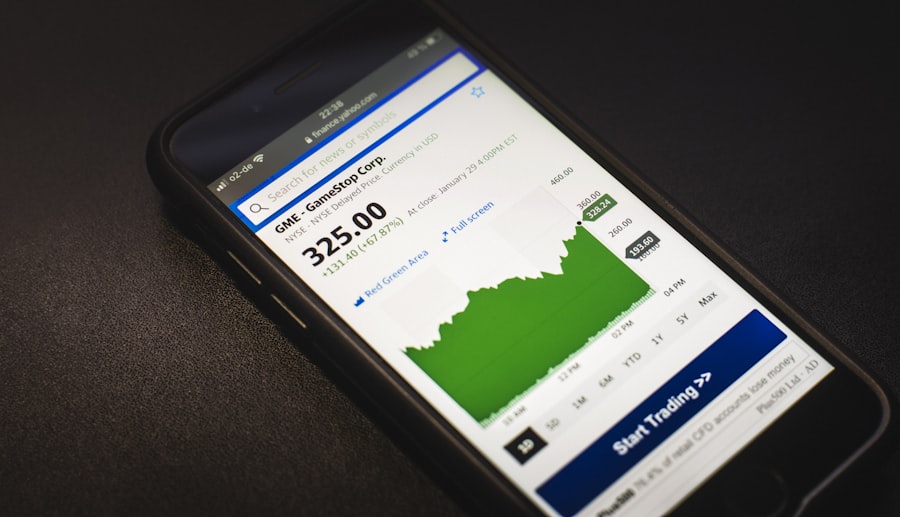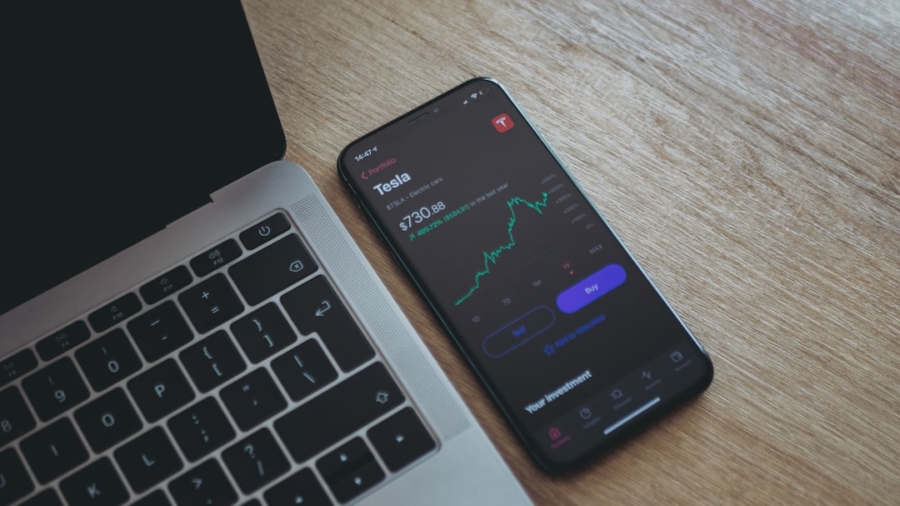Data harvesting refers to the process of collecting and analyzing large amounts of data from various sources, often without the explicit consent of the individuals involved. This practice has become increasingly prevalent in the digital age, where personal information is a valuable commodity. Companies and organizations utilize sophisticated algorithms and tools to gather data from social media platforms, websites, and mobile applications.
The information collected can range from basic demographic details to more sensitive data, such as browsing habits, location tracking, and even personal communications. The implications of data harvesting are profound. On one hand, it enables businesses to tailor their products and services to meet consumer needs more effectively.
On the other hand, it raises significant ethical concerns regarding privacy and consent. Many users are unaware of the extent to which their data is being collected and how it is being used. This lack of awareness can lead to a false sense of security, as individuals may believe that their personal information is protected when, in reality, it is being harvested for commercial gain.
Understanding the mechanics of data harvesting is crucial for individuals who wish to safeguard their privacy in an increasingly interconnected world.
Key Takeaways
- Data harvesting involves the collection and storage of personal information from users by apps and websites.
- Signs of data harvesting include excessive permissions, frequent pop-up ads, and unexpected changes in device performance.
- Reading app permissions and privacy policies can help users understand how their data is being used and shared.
- Utilizing privacy settings on devices and apps can help users control the amount of data being collected and shared.
- Using trusted and secure apps from reputable developers can help minimize the risk of data harvesting.
Recognizing Signs of Data Harvesting
Unsolicited Advertisements and Targeted Marketing
One common sign is the presence of unsolicited advertisements or targeted marketing campaigns that seem eerily aligned with recent online activities or conversations. For instance, if a user discusses a specific product with friends and then begins to see ads for that product on social media platforms, it may indicate that their data is being harvested and analyzed for targeted advertising.
App Performance and Behavior
Another sign of data harvesting is the performance of applications on devices. If an app frequently crashes or exhibits unusual behavior, it may be a red flag that it is engaging in excessive data collection or sharing practices.
Unnecessary Permissions and Requests
Additionally, users should be wary of apps that request permissions that seem unnecessary for their functionality. For example, a simple flashlight app requesting access to contacts or location data should raise concerns about its intentions. By being vigilant and recognizing these signs, users can take proactive steps to protect their personal information from being harvested without their consent.
Reading App Permissions and Privacy Policies

One of the most effective ways to safeguard personal data is by carefully reading app permissions and privacy policies before downloading or using an application. App permissions dictate what information an app can access on a device, including contacts, camera, microphone, and location services. Users should scrutinize these permissions and consider whether they are appropriate for the app’s intended purpose.
For instance, a weather app should not require access to a user’s contacts or camera; such requests may indicate a potential for data harvesting. Privacy policies are another critical component in understanding how an app handles user data. These documents outline how data is collected, used, shared, and stored by the application.
While many users may skip reading these policies due to their length or complexity, doing so can provide valuable insights into the app’s practices. A transparent privacy policy will clearly state what data is collected and how it will be used, while a vague or overly complicated policy may suggest that the app has something to hide. By taking the time to read and understand these documents, users can make informed decisions about which apps to trust with their personal information.
Utilizing Privacy Settings
Most devices and applications come equipped with privacy settings that allow users to control how their data is shared and accessed. Utilizing these settings is essential for maintaining privacy in an era where data harvesting is rampant. Users should familiarize themselves with the privacy options available on their devices and within individual applications.
For example, many smartphones offer settings that allow users to limit location tracking or restrict access to certain features based on specific apps. In addition to device settings, many applications provide their own privacy controls that can be adjusted according to user preferences. These controls may include options to disable personalized ads, limit data sharing with third parties, or even delete previously collected data.
By actively managing these settings, users can significantly reduce their exposure to unwanted data harvesting practices. It is important to regularly revisit these settings as updates may introduce new features or change existing permissions, ensuring that privacy remains a priority.
Using Trusted and Secure Apps
Choosing trusted and secure applications is paramount in protecting personal data from harvesting practices. Users should prioritize downloading apps from reputable sources, such as official app stores like Google Play or Apple’s App Store, which have measures in place to vet applications for security risks. Additionally, researching an app’s developer can provide insights into its credibility; established companies with a history of ethical practices are generally more reliable than unknown developers.
Furthermore, users should look for apps that have received positive reviews regarding their privacy practices.
Security features such as end-to-end encryption and regular updates also indicate a commitment to protecting user data.
By selecting trusted applications and remaining vigilant about their security measures, users can mitigate the risks associated with data harvesting.
Regularly Reviewing App Permissions

Regularly reviewing app permissions is a proactive approach to maintaining control over personal data. Over time, users may accumulate numerous applications on their devices, many of which may have permissions that are no longer necessary or relevant. For instance, an app that was once useful may no longer be needed but still retains access to sensitive information such as location or contacts.
By periodically auditing these permissions, users can identify and revoke access for apps that no longer serve a purpose. This practice not only helps in minimizing potential data harvesting but also enhances overall device security. Users should make it a habit to check permissions after installing new apps or after significant updates that may alter permission requirements.
Many devices offer features that allow users to view all installed apps along with their respective permissions in one place, making it easier to manage access efficiently. By staying vigilant about app permissions, individuals can take significant strides toward protecting their personal information from unauthorized collection.
Avoiding Free Apps with Excessive Permissions
While free apps can be enticing due to their cost-effectiveness, they often come with hidden costs related to data privacy. Many free applications rely on advertising revenue or selling user data as their primary business model. As a result, they may request excessive permissions that go beyond what is necessary for their functionality.
Users should be cautious when encountering free apps that ask for access to sensitive information such as contacts, camera, or location without clear justification. To avoid falling into this trap, individuals should conduct thorough research before downloading free applications. Reading user reviews can provide insights into whether others have experienced issues related to excessive permissions or intrusive advertising practices.
Additionally, considering paid alternatives that prioritize user privacy may be worthwhile; these apps often have fewer ads and do not rely on harvesting user data for revenue generation. By being discerning about the apps they choose to download, users can better protect themselves from potential privacy violations.
Reporting Suspicious Apps
When users encounter suspicious apps that exhibit questionable behavior or excessive data harvesting practices, reporting them is crucial for maintaining a safer digital environment. Most app stores provide mechanisms for users to report apps that violate guidelines or engage in malicious activities. Reporting such apps not only helps protect individual users but also contributes to the broader community by alerting others about potential risks.
Users should document specific concerns when reporting an app, such as unusual permission requests or instances of intrusive advertising.
Additionally, sharing experiences on social media platforms or tech forums can raise awareness among other users about potentially harmful applications.
By taking action against suspicious apps, individuals play an active role in promoting safer digital practices and protecting their own privacy as well as that of others in the community.
If you are interested in learning more about data privacy and security in the tech industry, you may also want to check out the article Best Software for UX. This article discusses the importance of user experience in software development and provides recommendations for tools that can help improve UX design. By understanding how to create user-friendly interfaces, you can also better protect user data from being harvested by malicious mobile apps.
FAQs
What is data harvesting by mobile apps?
Data harvesting by mobile apps refers to the practice of collecting and storing large amounts of personal data from users without their consent. This can include information such as location data, contacts, browsing history, and more.
How can I identify if a mobile app is harvesting my data?
You can identify if a mobile app is harvesting your data by reviewing its privacy policy and permissions requests. Look for any language that indicates the app will collect and share your personal information with third parties.
What are some common signs of data harvesting by mobile apps?
Common signs of data harvesting by mobile apps include excessive permissions requests, unclear privacy policies, and reports of the app sharing user data with third parties without consent.
How can I avoid data harvesting by mobile apps?
To avoid data harvesting by mobile apps, you can carefully review the permissions requested by the app before downloading it, regularly review and update your privacy settings, and use privacy-focused apps and tools to protect your data.
What are the potential risks of data harvesting by mobile apps?
The potential risks of data harvesting by mobile apps include privacy violations, identity theft, targeted advertising, and the unauthorized sharing of personal information with third parties.

